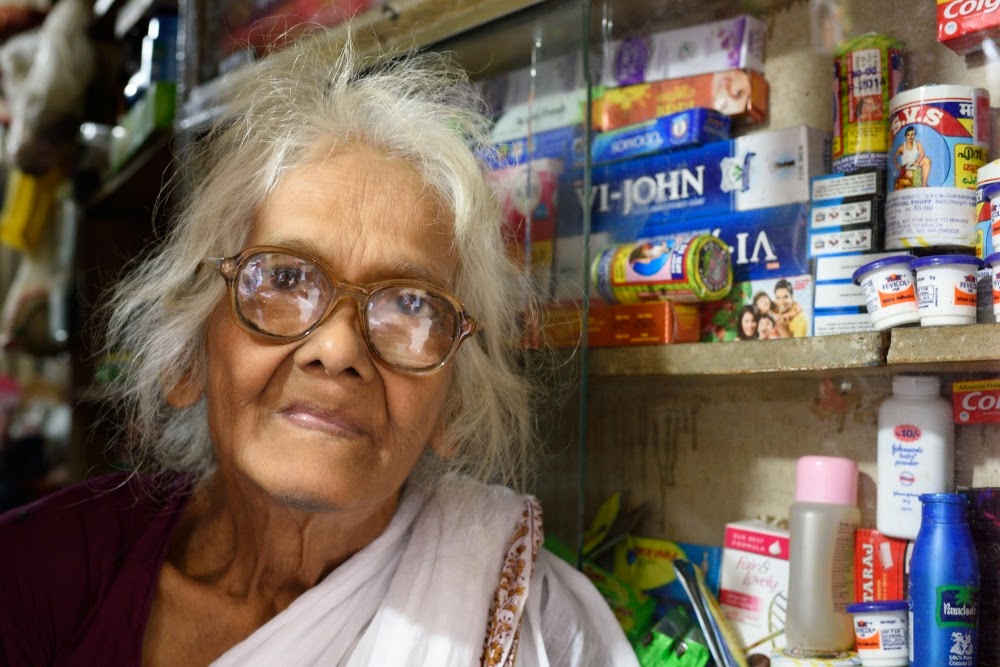So what was it like? Well to start with, Dakowicz worked us incredibly hard. All day, every day. Even one day when I had a cold starting and felt really rubbish and had cried off for the morning, I got a text an hour later to tell me to get out, meet up with the others and shoot. This continued momentum for the whole seven days meant that we made steady progress. Every day we shot, edited, reviewed and learned from mistakes. Dakowicz took turns to shoot with us, so we got to learn from his approach first hand, see him take shots and then look at the back of his camera and realise that a tiny tweak here and there, a single step forwards, backwards or sideways, or a tiny tilt to the camera can make a massive difference.
Some of the technical aspects that Dakowicz taught us I had been told before, but going through these aspects again, putting them into practice straight away, checking and correcting in the field, getting feedback the same day, and then trying again the next day, meant that they truly sank in. I also think I understood more about the technical points as in really understanding how important it is to get them right and what a difference a tiny error can make to the whole picture. And what a significant improvement a tiny correction can make to the whole picture.
I also realised that my preference for square format, might actually be due to laziness as it is easier to shoot squares than rectangles.......Dakowicz taught us (and insisted on) filling the frame and getting it right in shooting (no cropping)!
So of all the learning points, here are those that resonated most with me (all shot with Nikon D810 and 35mm lens):
Exposing for highlights
Capturing a "moment"
Layering your subjects with no overlaps
Getting close to take portraits
Finding humour
Putting the subject inside frames
Creating a mystery
Spotting an illusion
Using backgrounds
Putting the focus point in the correct place (subject of story)
Using colours effectively
In addition, I also learnt practical things, like how to carry my camera and rucksack in a way that gave me freedom of movement with no neck ache and other annoyances (how did this take so long to work out?), and also how to approach and engage with people.
Finally, and this was very useful for my coursework, we learned how to construct a portfolio, how individual images need to work with each other, how to keep colours and tones consistent in a collection of photographs, and to use the same format (horizontal rectangles - not verticals or squares - within the same series.
What would I change for next time? Only practical things. For a start, I wouldn't take my 24-70mm and 70mm-200mm lenses. I didn't need them and they were heavy additions to my baggage. I only needed my 35mm lens. I would though take my Nikon D5000 plus 35mm lens as a back up. I was worried the whole time about what would happen if my main camera failed (which it didn't) so I would prefer to have a back up camera next time.
Another practical issue - take cold relief and vitamin C. I was prepared for all manner of illnesses and first aid situations, but not a cold, and this is and was the most likely thing to happen!
I already booked my next workshop for Myanmar in March 2015 and I can't wait.
For more images, please see: https://www.flickr.com/photos/124157193@N07/
And also Assignment Two!
Websites:
- Maciej Dakowicz available from http://www.maciejdakowicz.com/ [accessed 31 October 2014]












Very nice....very good...^^
ReplyDeleteThank you Ping :)
ReplyDeleteHello,
ReplyDeletejust a question concerning "the way to take portrait". When you say "getting closer", how do you manage the character reaction (which can be defensive so, non natural) ?
thanks in advance ;)
Hi - in India this wasn't a problem. People were very happy to have their photo taken and in fact were queuing up to ask us for portraits. In other places this would be difficult, I agree.
ReplyDeleteThank U for your answer :)
Delete